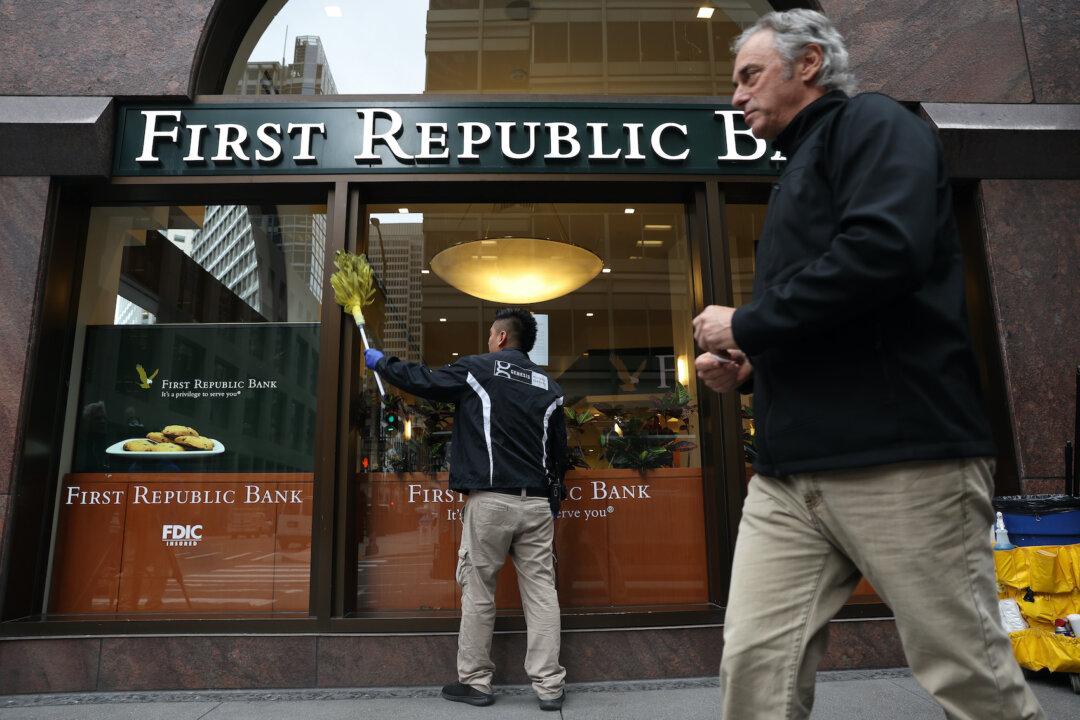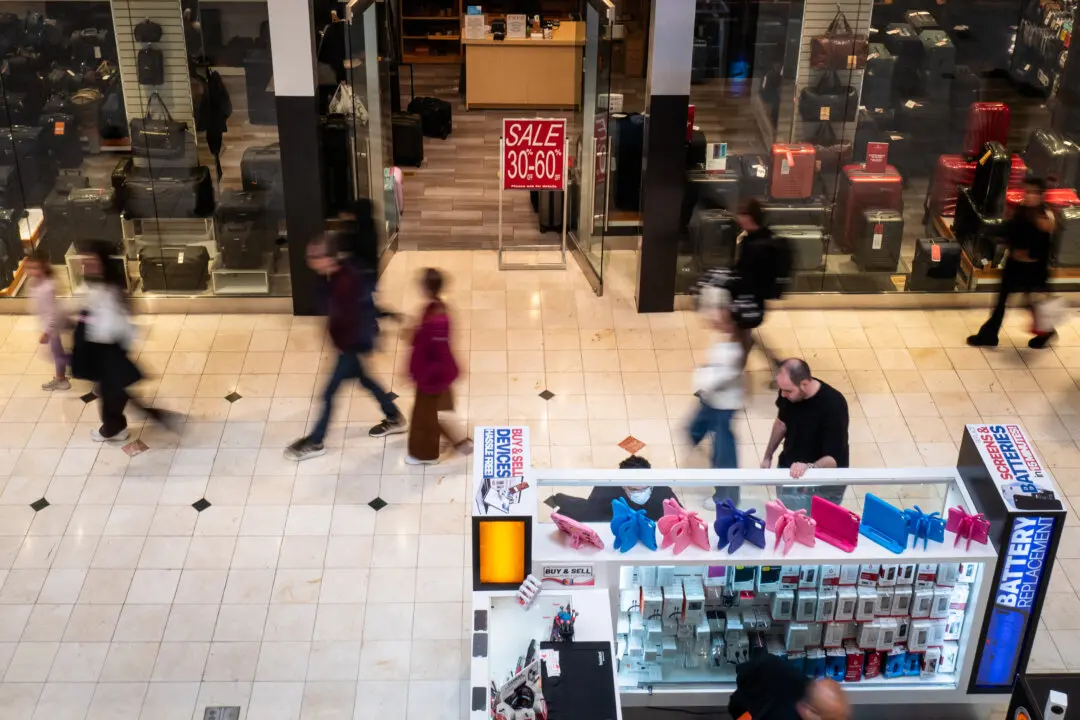Nearly half of Americans are worried that their bank deposits are not safe, which is similar to levels last seen during the financial crisis of 2008–09, a recent Gallup survey has found.
In the survey, 48 percent of U.S. adults said they were concerned about their money deposited in banks, with 19 percent saying they were “very” concerned and 29 percent saying they were “moderately” concerned, according to a May 4 report by Gallup poll. The survey was conducted between April 3 and April 25, following the collapse of the Silicon Valley Bank (SVB) and Signature Bank.





